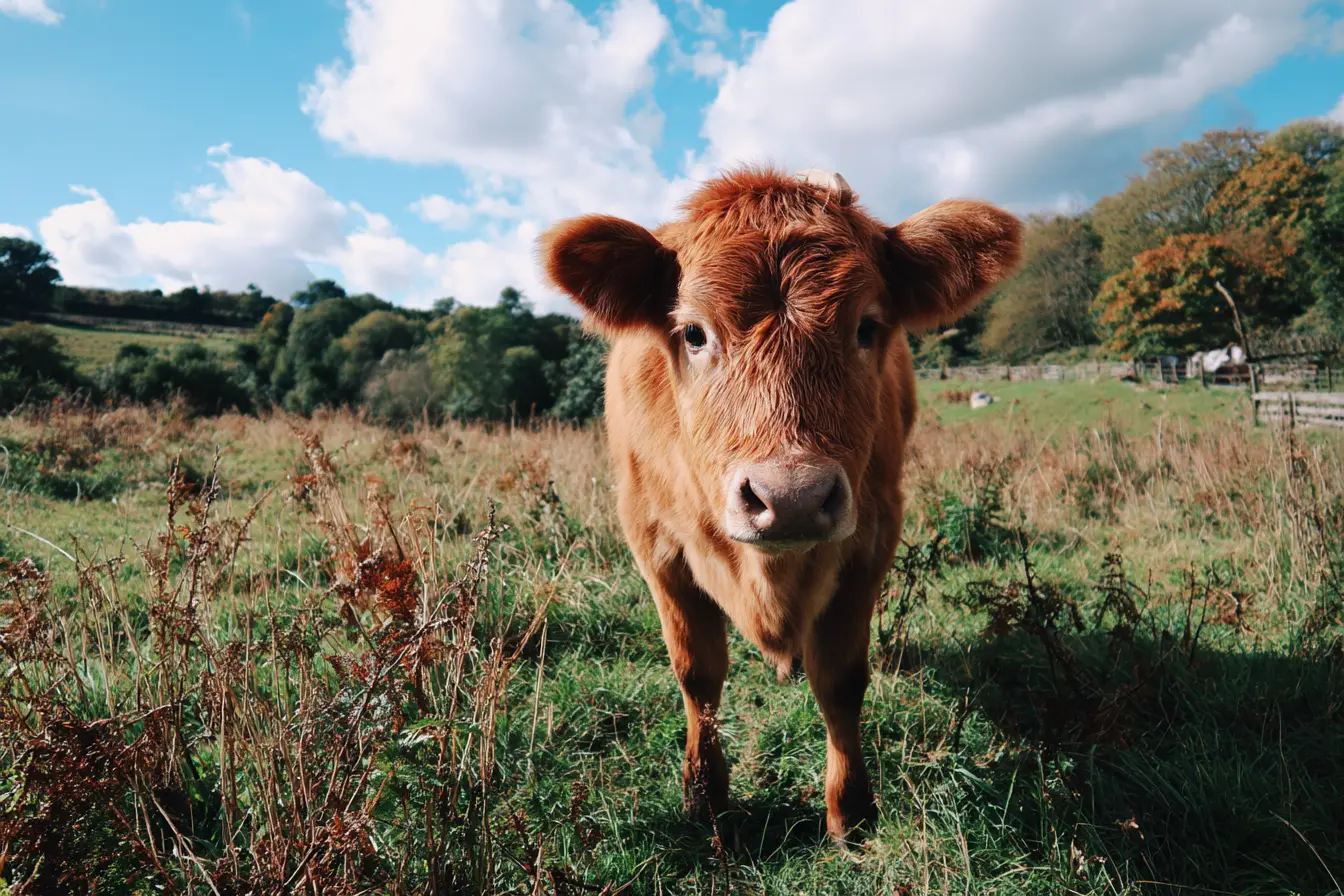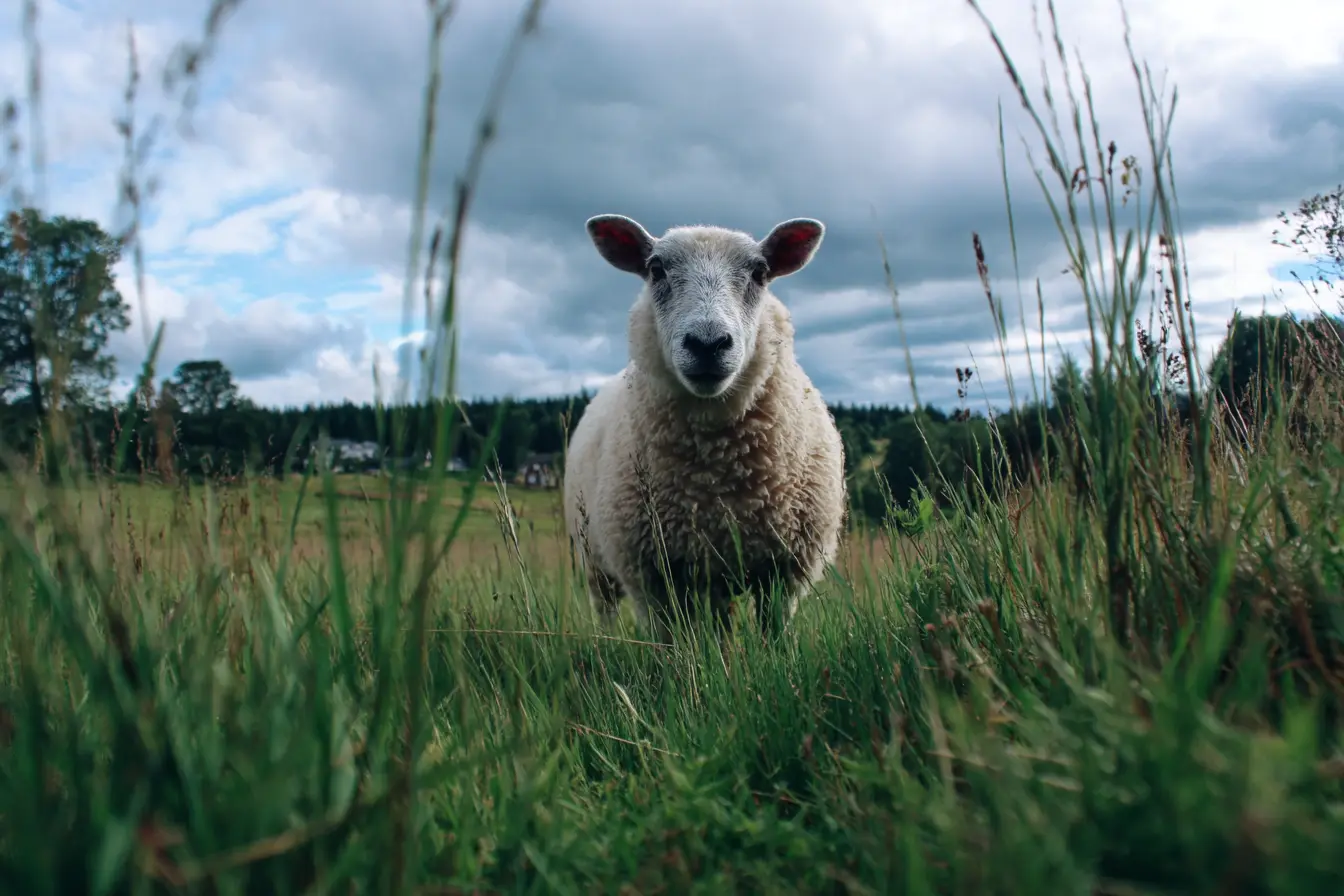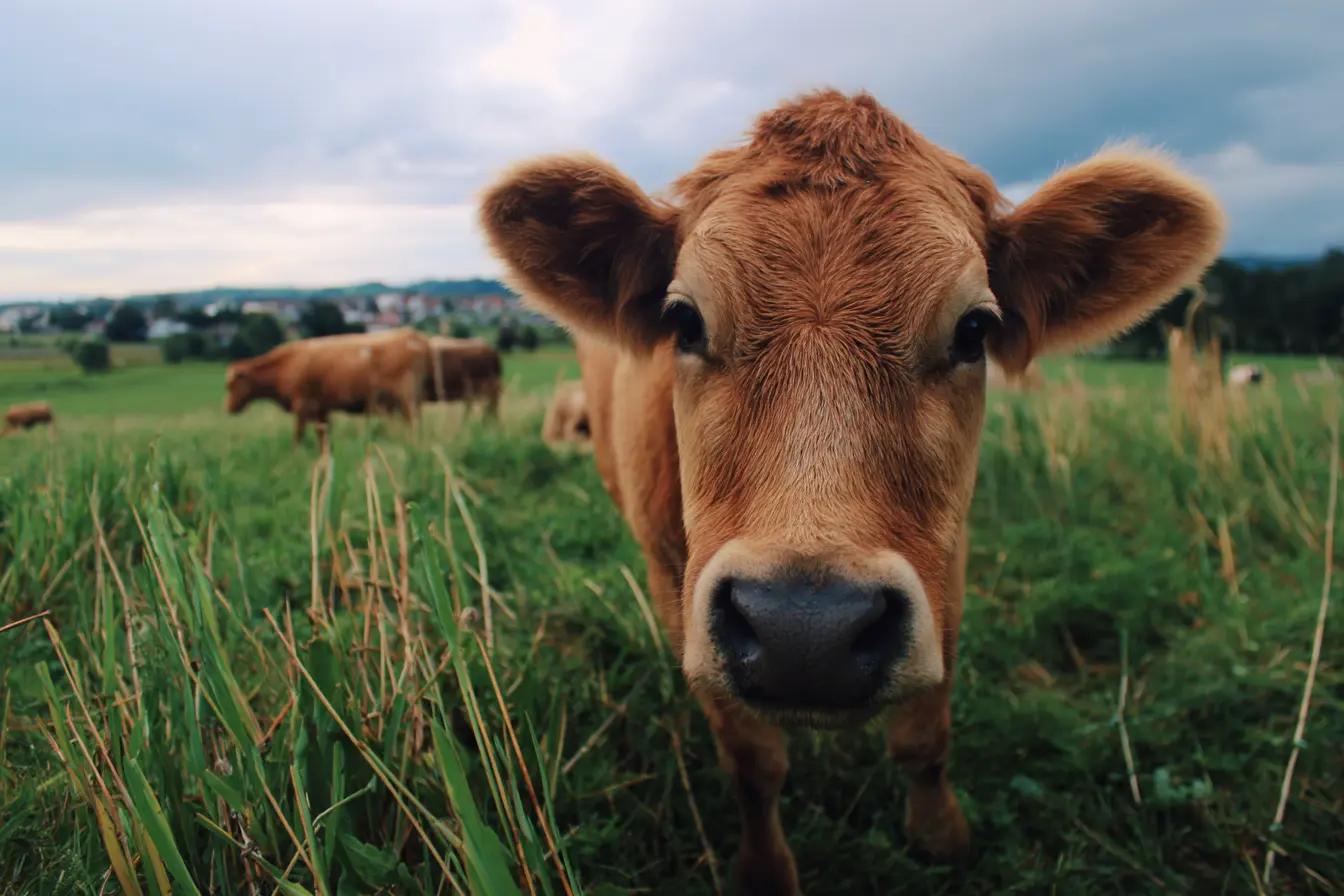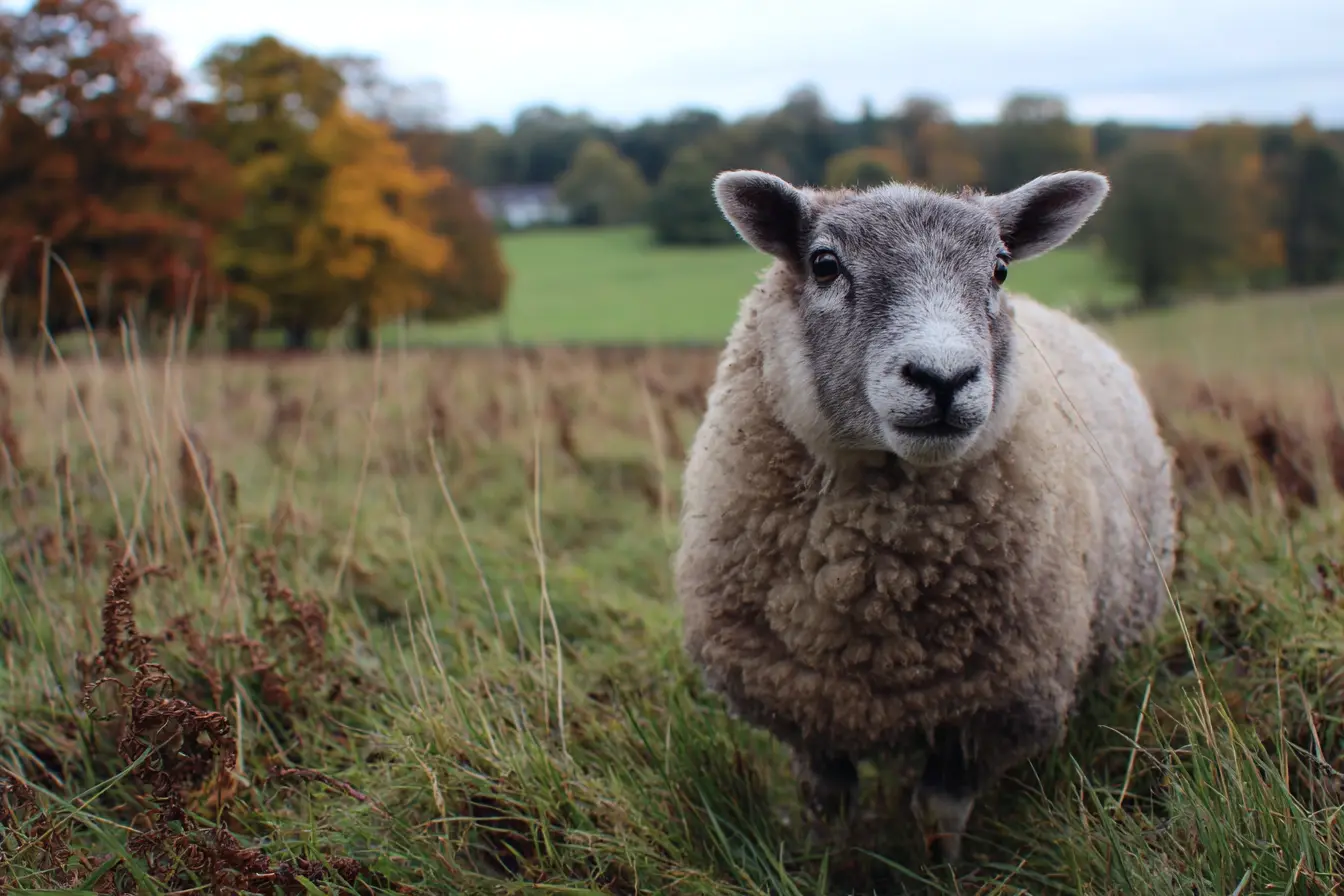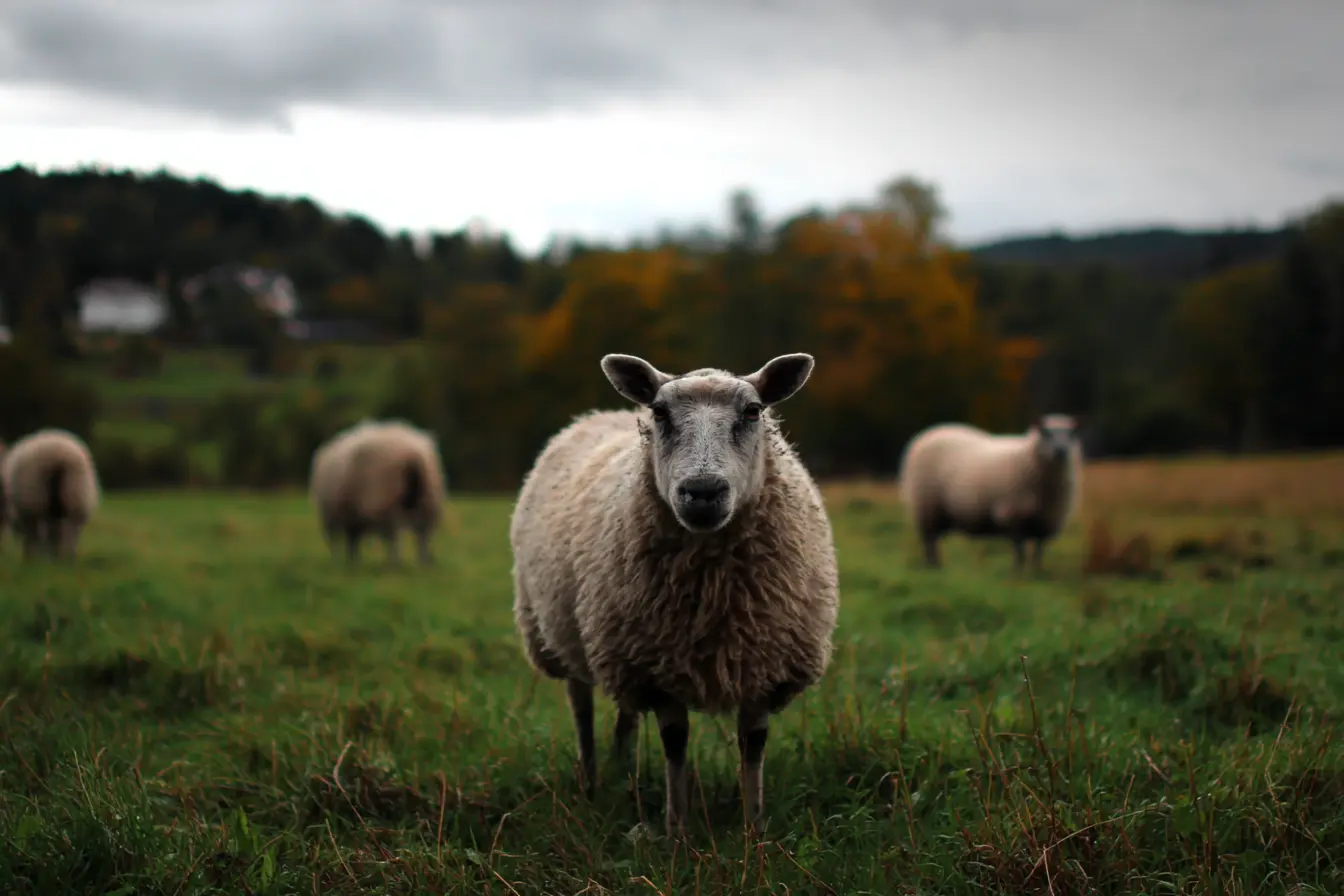
A Complete Guide to the Welfare of Animals (Transport) (England) Order 2006 for Livestock Keepers
The Welfare of Animals (Transport) (England) Order 2006 is a crucial piece of legislation that regulates the transport of animals to ensure their welfare and prevent unnecessary suffering. If you are a livestock keeper, farmer, or transporter, understanding this law is essential for compliance and for maintaining high standards of animal welfare.
This guide provides an overview of the regulations, key requirements, penalties, and best practices for transporting animals under the Welfare of Animals (Transport) (England) Order 2006.
What is the Welfare of Animals (Transport) (England) Order 2006?
The Welfare of Animals (Transport) (England) Order 2006 implements European Union legislation (Council Regulation (EC) No 1/2005) and sets out requirements for the humane transport of animals. The Order applies to all livestock keepers, hauliers, and anyone responsible for the transport of animals for commercial or agricultural purposes.
It aims to:
- Prevent injury and suffering during transport
- Ensure animals are fit for travel
- Set standards for transport conditions, including vehicle design and journey times
- Require training and certification for those transporting animals commercially
This law covers the transport of cattle, sheep, pigs, goats, horses, and poultry, as well as other domesticated animals.
Key Requirements of the Welfare of Animals (Transport) (England) Order 2006
Fitness for Transport
Before transporting animals, you must ensure they are fit for travel. It is illegal to transport animals that are:
- Sick or injured, unless the journey is for veterinary treatment and does not cause additional suffering
- Heavily pregnant (in the last 10% of gestation) unless under veterinary guidance
- Newborn (calves under 10 days, lambs under 7 days, piglets under 10 days) unless transported less than 100km
- Unweaned and travelling for more than 8 hours without proper feeding arrangements
Animals must be able to stand unaided and bear weight on all legs.
Transport Conditions
The transport vehicle and conditions must:
- Provide adequate ventilation and temperature control
- Prevent animals from escaping or falling out
- Offer sufficient space for animals to stand, lie down, and move naturally
- Have non-slip flooring and appropriate bedding for comfort and hygiene
- Provide access to food and water for longer journeys
Journey Times and Rest Periods
The Order specifies maximum journey times for different animals:
-
Cattle, sheep, pigs, and goats
- Maximum journey time: 8 hours (unless using an approved vehicle for longer journeys)
- For journeys over 8 hours, animals must be given regular rest periods, food, and water
-
Horses
- Maximum journey time: 8 hours (unless in an approved vehicle)
- Must be offered water every 8 hours
-
Poultry
- Should not be transported for excessive periods without water
Rest periods must take place at approved control points, where animals can rest, eat, and drink.
Handling and Loading
All handlers must follow humane handling practices, including:
- Using minimal force when moving animals
- Avoiding the use of electric prods (only permitted in extreme cases)
- Ensuring animals are loaded and unloaded calmly and without unnecessary stress
- Separating aggressive or incompatible animals
Transporter Authorisation and Certificates of Competence
Anyone transporting animals as part of a business must have the appropriate authorisation:
- Type 1 Authorisation – Required for journeys over 65km but under 8 hours
- Type 2 Authorisation – Required for journeys over 8 hours
Drivers and handlers must hold a Certificate of Competence for transporting livestock, which is obtained through approved training and assessment.
Documentation and Record-Keeping
For journeys over 8 hours or across national borders, transporters must carry:
- Journey logs, including start and end times, rest breaks, and any incidents
- Animal transport certificates detailing the number of animals, species, and transporter details
- Emergency contingency plans in case of breakdowns or delays
Records must be kept for at least three years.
Penalties for Non-Compliance
Failure to comply with the Welfare of Animals (Transport) (England) Order 2006 can result in:
- Fines of up to £5,000 per offence
- Seizure of animals or transport vehicles
- Banning orders preventing individuals from transporting animals
- Prosecution for animal cruelty if suffering is caused
Authorities, including the Animal and Plant Health Agency (APHA) and Trading Standards, conduct routine checks on livestock transporters.
Best Practices for Livestock Transport
To ensure compliance and maintain high animal welfare standards, livestock keepers should:
- Plan journeys carefully to minimise stress and ensure adequate rest stops
- Check animal health before transport and avoid transporting unfit animals
- Ensure appropriate training for all staff involved in animal handling and transport
- Maintain proper ventilation and temperature control during transport
- Keep detailed records of all journeys, including rest stops and incidents
- Regularly inspect transport vehicles to ensure they meet legal requirements
- Work with accredited hauliers who have the necessary authorisations and certificates
Conclusion
The Welfare of Animals (Transport) (England) Order 2006 is essential for ensuring the humane transport of livestock and preventing unnecessary suffering. Livestock keepers and transporters must understand and comply with these regulations to protect animal welfare, avoid legal consequences, and uphold industry standards.
Vets near you
Speciality vets
- Aquatics vet specialists
- Birds vet specialists
- Camelids vet specialists
- Cats vet specialists
- Cattle vet specialists
- Deer vet specialists
- Dogs vet specialists
- Equines vet specialists
- Exotic vet specialists
- Goats vet specialists
- Pigs vet specialists
- Poultry vet specialists
- Sheep vet specialists
- Small Mammals vet specialists
- Wild vet specialists
